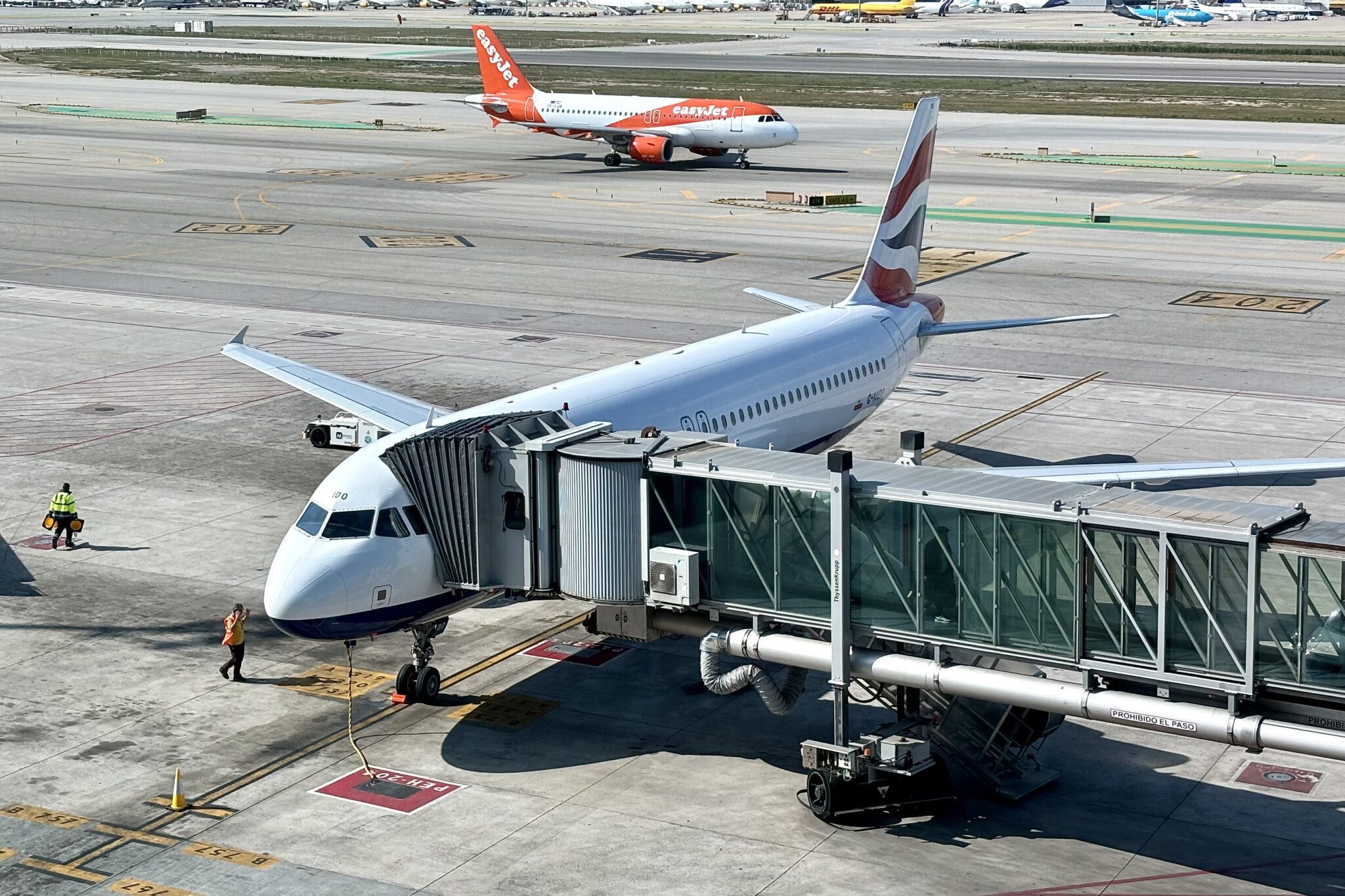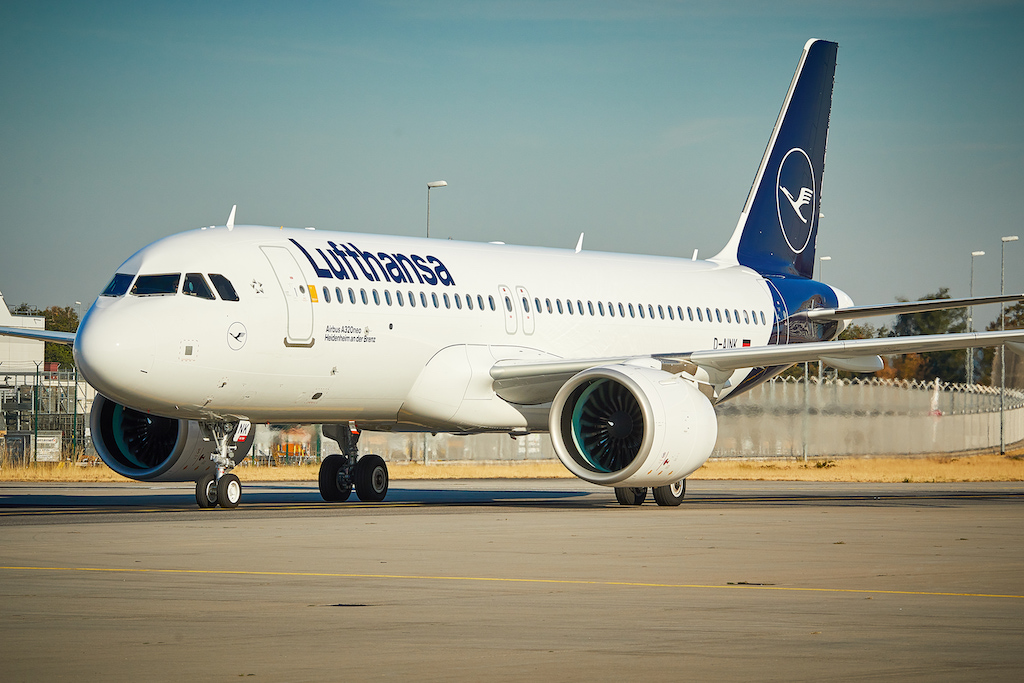If you listen to United Airlines CEO Scott Kirby or American Airlines CEO Doug Parker, you’d think their rhetoric is a willful wish that business travel’s recovery is imminent, starting in the post-family vacation period after Labor Day. But are Parker and Kirby right? New reports suggest maybe.
The good news is that demand for air travel in the U.S. domestic market is expected to return to pre-pandemic levels by the end of this year or early next year, IATA data show.
What’s more, a new Raymond James survey of business travelers shows that 87 percent of them expect to take trip by the fourth quarter.
Still, the demand for travel is overwhelmingly for leisure travel, a reality that has prompted U.S. carriers to retool their networks with an eye toward vacation hotspots (like Florida, Hawaii, and the Mountain West) versus offering numerous daily flights between business centers. Although Parker said conversations with corporate clients led him to believe that business travel will resume in the third quarter, he acknowledged American’s network planning has focused on holidaygoers.
One thing everyone agrees on is that business travel won’t return in a meaningful way until employees are back in their offices. Nationwide, only about 21 percent of workers have returned to the office, a new Skift Research report finds. The return is uneven, with employees in coastal cities more likely still to be remote. Kastle Systems, which tracks building access as a proxy for occupancy, found that almost half of Dallas-area workers are back in their offices, while just 18 percent of New York-area workers have returned.
This uneven recovery could actually play in some airlines’ favor. Now, American has a larger share of business traffic, thanks to its large presence in Texas. But the balance will shift in favor of Delta Air Lines and Alaska Airlines as employees in those carriers’ Northeast and Pacific Northwest bases start to return to their offices, Raymond James analyst Savanthi Syth wrote in an investor note. “While markets in Texas rank highest in Kastle Systems’ data, momentum has begun to slowing or even stalled out in most Texas metros as larger coastal cities such as Los Angeles, Washington, D.C., and New York begin to recover,” Syth said.
But the nature of work has changed, Skift Research found. Almost 30 percent of the workforce nationwide remains remote, with few plans to return to the office. United’s Kirby said this trend could change the nature of business travel, as remote workers plan trips to return to their offices for short stints every month. This could change the passenger mix of a place like Boise, Idaho, where many California-based tech workers have relocated during the pandemic, Kirby cited as an example.
In addition, consumer and business confidence is rising, and global manufacturing and industrial output are growing quickly, IATA found. In the U.S., 46 percent of those surveyed believe the economy will improve over the next 12 months, down 4 percent from April, due to concerns about inflation and supply-chain constraints. The Federal Reserve Bank of the U.S. is expected to hold interest rates steady, believing inflation is temporary as demand for goods and services is up sharply and has exceeded supply.
But the big unknown is whether there has been a structural shift in the way business is conducted. Companies and employees have become accustomed to videoconferencing technologies, obviating the need for as much in-person professional services and internal corporate travel. Remote workers may be less likely to host in-person business meetings. Videoconferencing may have permanently replaced as much as 20 percent of business travel, IATA Chief Economist Brian Pearce told Airline Weekly recently. Raymond James’ research suggests that the business travel market could be between 19-36 percent smaller, but within that, travel for trade shows and conventions would be the most resilient market, declining between 0-20 percent.
In other words, the picture is mixed. Kirby, Parker and Delta Air Lines CEO Ed Bastian may be popping the champagne corks too early, but Southwest CEO Gary Kelly’s prediction that business demand won’t return to pre-pandemic levels for 5-10 years may be too pessimistic. The truth may lie somewhere in between, as the shape of business travel as the country emerges from the pandemic still remains unclear.





